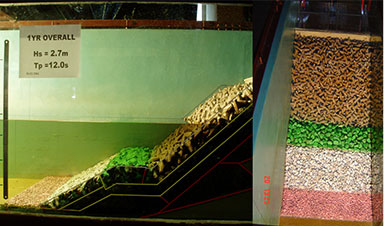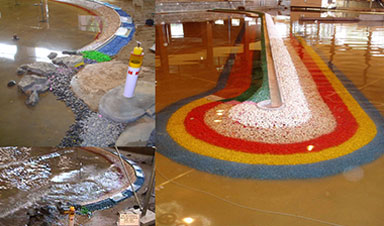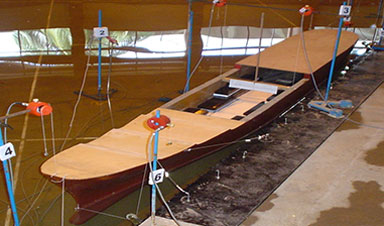Feasibility Study and the Detailed Design Study of Colombo Port Expansion Project in Sri Lanka
The feasibility study and the detailed design study of Colombo Port Expansion Project were carried out by LHI during 2000 – 2002 and 2003 – 2005 periods respectively.
By taking full advantage of Asian growth trend by providing ‘hub’ services in Sri Lanka to international investors in the Asian region and especially to the Subcontinent, Colombo Port Expansion Project (formerly Colombo Port South Harbor Development) was started. Thus, it was anticipated that Asia would become a centre of economic growth in the world in the following decades.
A major seaport is an essential part of such a hub strategy. However, this anticipated growth plan could not be met within the restrictions of the previous Colombo Port. Therefore, the expansion of the Colombo Port and development of a seaport in the southern region became essential.
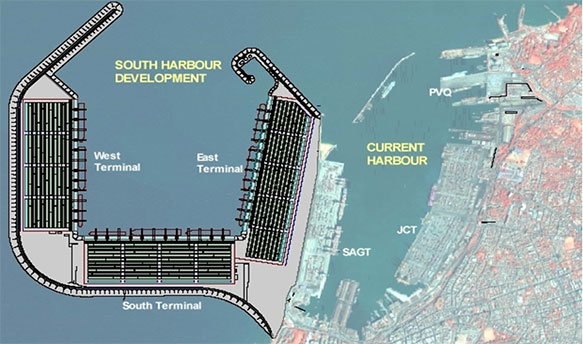
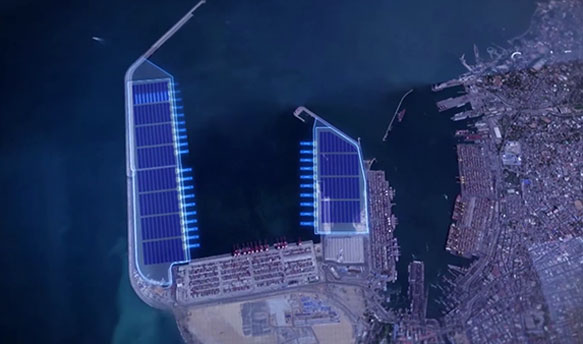
LHI carried out field investigations, mathematical modelling and physical modelling for the detailed port planning and design studies of the Colombo South Harbour.
Field investigations comprised shoreline and shore profile surveys, sediment sampling, Kelani River surveys and measurements, wave, water level, current and wind measurements and water quality measurements. Bacterial flow and load survey from pollution source outfalls at the previous harbour and surrounding area were also carried out.
Mathematical modelling comprised wave climate, long wave and basin resonance, wave disturbance, hydrodynamics, sediment transport, coastal evolution, water quality and dispersal of dredged sediments. LHI also carried out it the interpretation of the modelling work with field investigation and physical modeling data.
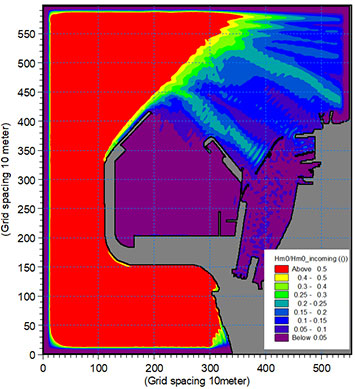
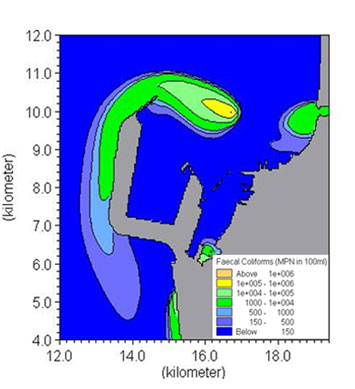
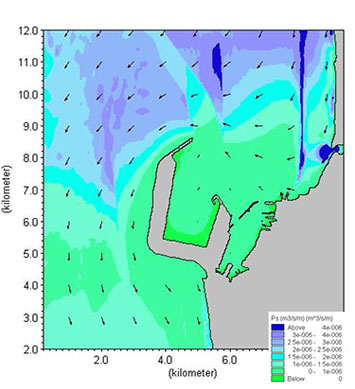
Physical modelling involving 3D (basin) wave disturbance and ship motion, 2D (flume) and 3D (basin) stability models were conducted.
Consultancy service for this project was completed in 2005. Further LHI provided the services such as directional wave measurements, professional staffs for construction supervision, 2D (flume) stability modelling for alternative breakwater designs and shore profile survey during 2005 – 2015 period.
